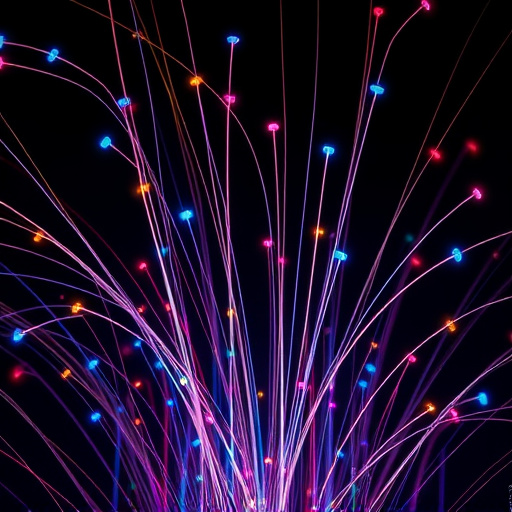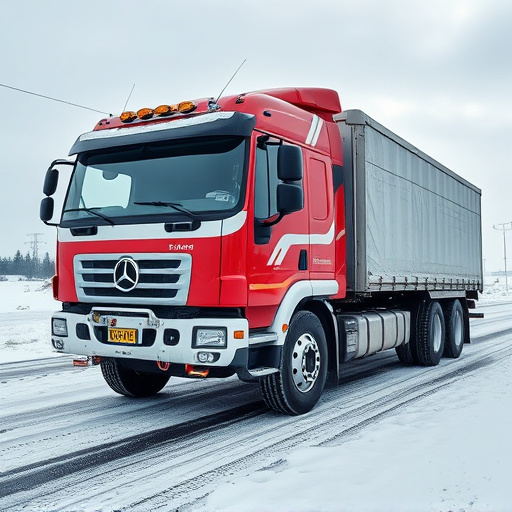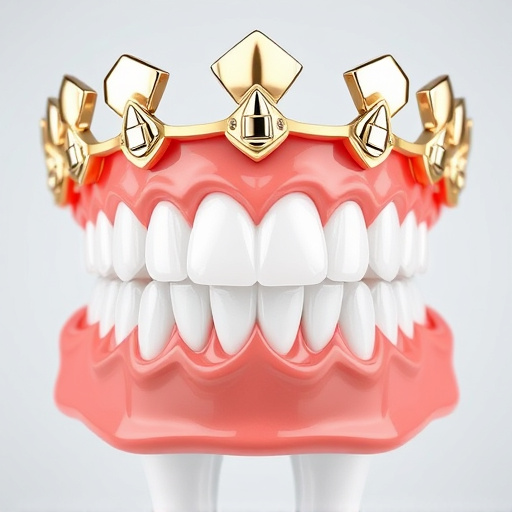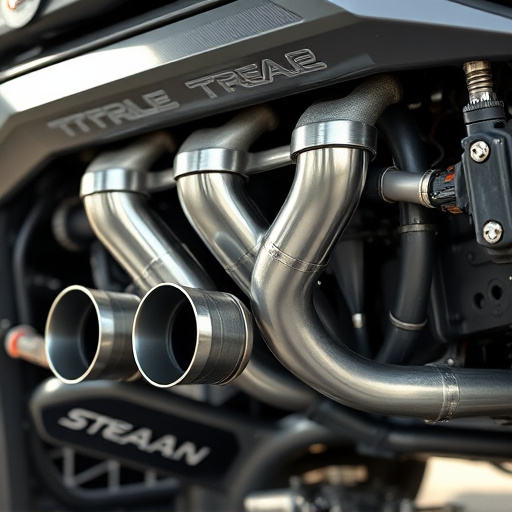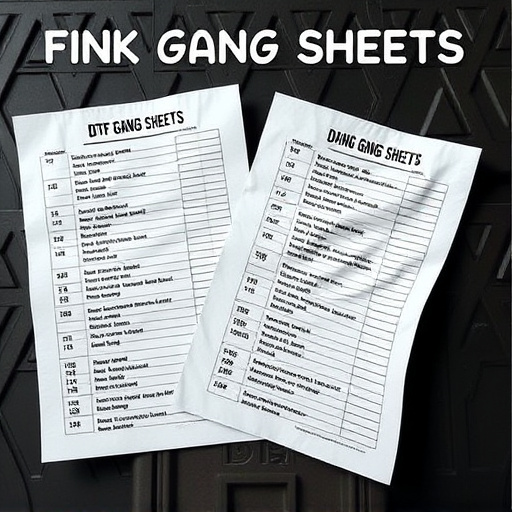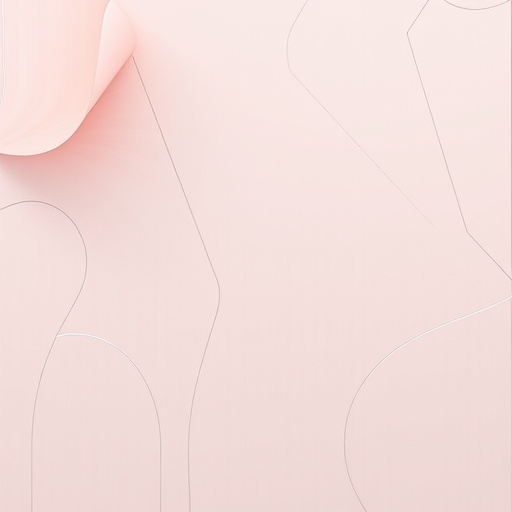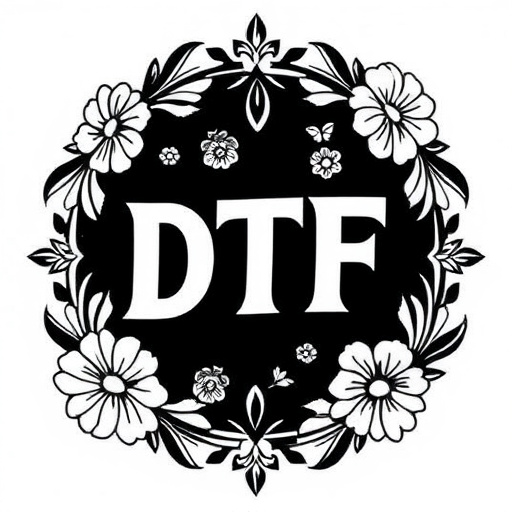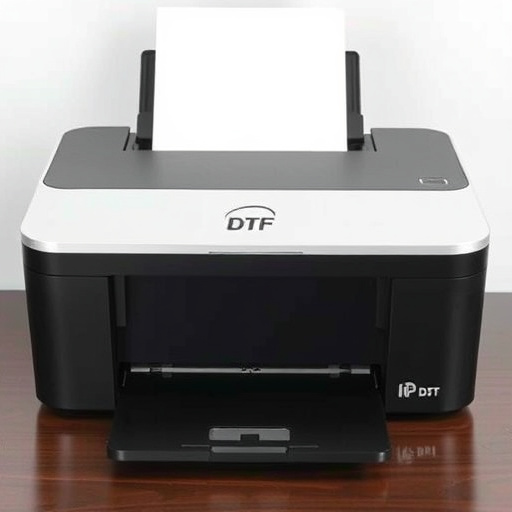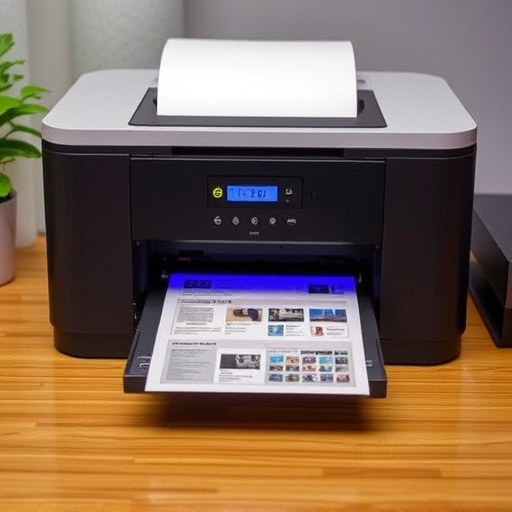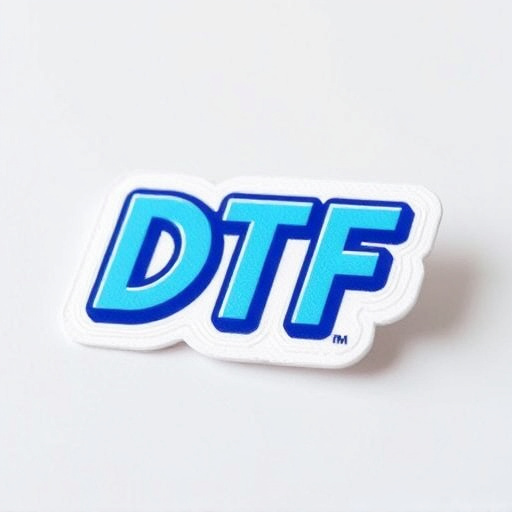When choosing a DTF Printer for bulk shirt production, prioritize speed and quality to manage larger orders efficiently. Consider fabric compatibility and unique design details for precise logo application. Assess budget and production volume to select the right DTF printer, balancing technology, ink types, and materials against cost and demand.
Choosing the right DTF (Direct-To-Film) printer is pivotal for businesses based on their production volume needs. This guide helps you navigate the selection process by focusing on three key aspects: evaluating print speed and efficiency, ensuring material compatibility, and assessing your budget and requirements. By considering these factors, you’ll find a DTF printer that aligns with your output demands, delivers consistent quality, and fits within your financial constraints.
- Evaluate Print Speed and Efficiency
- Consider Material Compatibility
- Assess Your Budget and Requirements
Evaluate Print Speed and Efficiency

When evaluating a DTF (Direct-to-Fabric) printer for your production needs, understanding print speed and efficiency is paramount. These factors directly impact your ability to meet demand, especially in bulk DTF shirt production. Look for printers that offer high printing speeds, as they can significantly reduce production time, enabling you to handle larger orders without compromising quality.
Efficiency also extends beyond speed. Consider the ease of use and the printer’s compatibility with various materials, especially if your brand is known for unique or intricate designs. DTF printers designed for clothing brands should allow for precise application of logos, ensuring every detail is crisp and clear. This precision, coupled with swift printing capabilities, will contribute to a seamless workflow in creating custom apparel.
Consider Material Compatibility

When selecting a DTF (Direct to Fabric) printer, material compatibility is an essential factor to consider. Different printers may have varying capabilities when it comes to handling diverse fabrics and materials. Ensure that the chosen printer can produce high-quality DTF prints on the specific types of fabrics you intend to use, whether for t-shirts, hoodies, or other garments. The DTF transfer film used should be compatible with your selected printer, ensuring smooth and precise transfers without any issues or imperfections.
Checking the compatibility of materials will prevent unnecessary frustration later. Different fabrics have unique properties, including varying levels of absorbency, texture, and stretch. A versatile DTF printer should be able to accommodate these differences, allowing you to work with a wide range of materials efficiently.
Assess Your Budget and Requirements
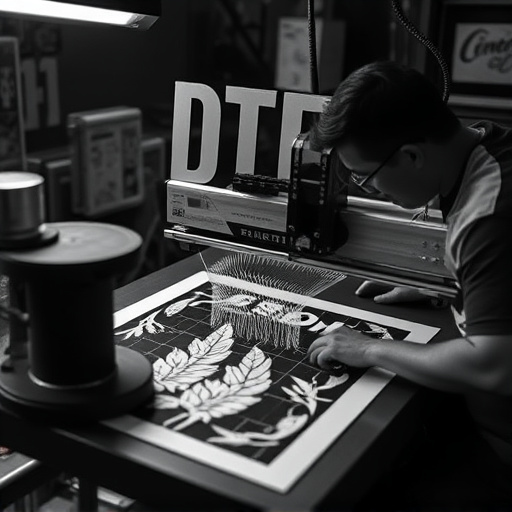
When considering a DTF (Direct to Film) Printer, assessing your budget and requirements is the first crucial step. This involves understanding both your financial capabilities and the specific needs of your production process. DTG printing for light fabrics or dark fabrics requires different technologies, ink types, and materials, each with its own cost implications.
Your budget will determine the range and quality of printers you can access. Additionally, you need to match your budget to the desired print volume. High-volume productions necessitate faster, more robust machines like direct to film printers capable of handling large runs efficiently without compromising on print quality. Conversely, lower volumes may suit more affordable options tailored for smaller businesses or hobbyists.
When choosing a DTF (Direct-To-Film) printer, evaluating print speed, material compatibility, and budget is essential. By understanding your production volume needs and aligning them with these key factors, you can select the most suitable DTF printer to enhance your printing efficiency and output quality. Remember, the right choice will not only meet but exceed your expectations for volume, versatility, and cost-effectiveness.

